Like Ghost of Tsushima before it, Devolver Digital’s Trek To Yomi is a contemporary celebration of Japan’s samurai history. It’s one that honors the countless samurai stories that came before it while examining the role of the sword in feudal Japan. Whereas Ghost of Tsushima was a creative reimagining of the historical invasion of Tsushima Island, Trek To Yomi mainly pays homage to the post-war samurai films of the 50s and 60s in a concise yet classical tale of vengeance and redemption.
The near-literal shadow of Akira Kurosawa looms high over Trek To Yomi and it pays off dramatically. In fact, so many of the game’s blindspots are sheathed by the game’s cinematic presentation. Its distinct visuals, frame compositions, and engrossing atmosphere make it one of the most striking games of its kind. Never mind the fact that there are already games with monochromatic grainy filters; none of them come close to the fidelity of the way Trek To Yomi makes use of it.
Essential to the game’s visual language is the fixed camera perspective which is bolstered by the wide canvass that is the game’s anamorphic aspect ratio. What is now considered a bygone aspect of video games is Trek To Yomi‘s secret weapon. Every frame is meticulously crafted, from the blocking to the cinematography, down to the textural flourishes of wind, flame, and shadows. Not one inch of the screen feels accidental. Throughout the 6-hour long story, there are endless amounts of scenes to traverse but they always feel dynamic and alive, despite the bleak monochrome.
Serving as the perfect compliment to Trek To Yomi‘s visuals is its music whose aural palette is deeply rooted in traditional music from Japan’s Edo period. As the samurai Hiroki treks the land of the living and the dead, striking down bandits and spirits in his path, Trek To Yomi‘s music quietly consumes each scene with dread and serenity. Even in the face of the game’s bugs like frame drops and texture pop-ins, the music elevates everything to experiential heights.
There are two aspects to Trek To Yomi’s gameplay: the 3D plane where all the exploring is done and the enclosed 2D plane where all the combat happens. Scenes seamlessly transition from one plane to another, allowing players to discern each moment appropriately. Exploring mostly consists of looking for secret areas and finding collectibles.
Trek To Yomi‘s approach to kenjutsu is nothing short of authentic as the developers worked closely with Japanese cultural experts to be as respectful to the craft as possible. This in turn makes the combat a lot less flashy than players might be accustomed to. Combo strings are specific and restrictive; there’s no option to chain combos into over-the-top moments.
While it isn’t the in-depth 2D-sidescroller it could be, Trek To Yomi‘s combat has its nuances. There’s a stamina bar that depletes with every strike and block. Throughout the game, players will amass new combos and ways to fight enemies. This comes in the form of different projectiles and button combinations that require directional inputs. The nuance in the combat is the amount of precision it takes to get combos correct. Mashing simply doesn’t work. Buttons need to be inputted at a specific moment in the middle of the combo for the full string to be executed. It’s almost akin to playing a fighting game; it takes a while to get used to.
For the dozen of skills and combos the player will learn throughout the story, Trek To Yomi doesn’t really encourage players to try them out. Enemies can be struck down by the same basic two-hit combo repeatedly. There is the occasional armored enemy that requires a few more hits but there’s no practical incentive to use the moves frequently. On top of all that, the parry system doesn’t feel as challenging as it could be. It’s oftentimes easier to bait parries to open up blocking enemies than it is to break their guard.
There currently is no endgame content. No NewGame+ for all your skills to carry on to your next playthrough which is a missed opportunity. However, the big feature you unlock after beating the game for the first time is Kensei difficulty, which is where the game takes on a new life. With Kensei difficulty activated, Trek To Yomi transforms into the Bushido Blade successor no one knew they needed, with the one-hit kill mechanic raising the stakes of every enemy encounter. Enemies can strike down players with one hit and vice versa. The aforementioned simplicity of the combos suddenly feels worthwhile and satisfying. Just like any good 2D fighting game, frame data and spacing take precedence over style. This is how the game should be experienced.
On easier difficulties, Trek To Yomi is a game primarily made to be looked at and heard than it is a game to be fully engaged with. It’s a game made for the senses; stunning from start to finish with not much to do in between. But in its hardest difficulty, it becomes a totally experiential game that fans of the samurai genre need to play. Regardless, Trek to Yomi succeeds in being a love letter to a bygone era of stories.







